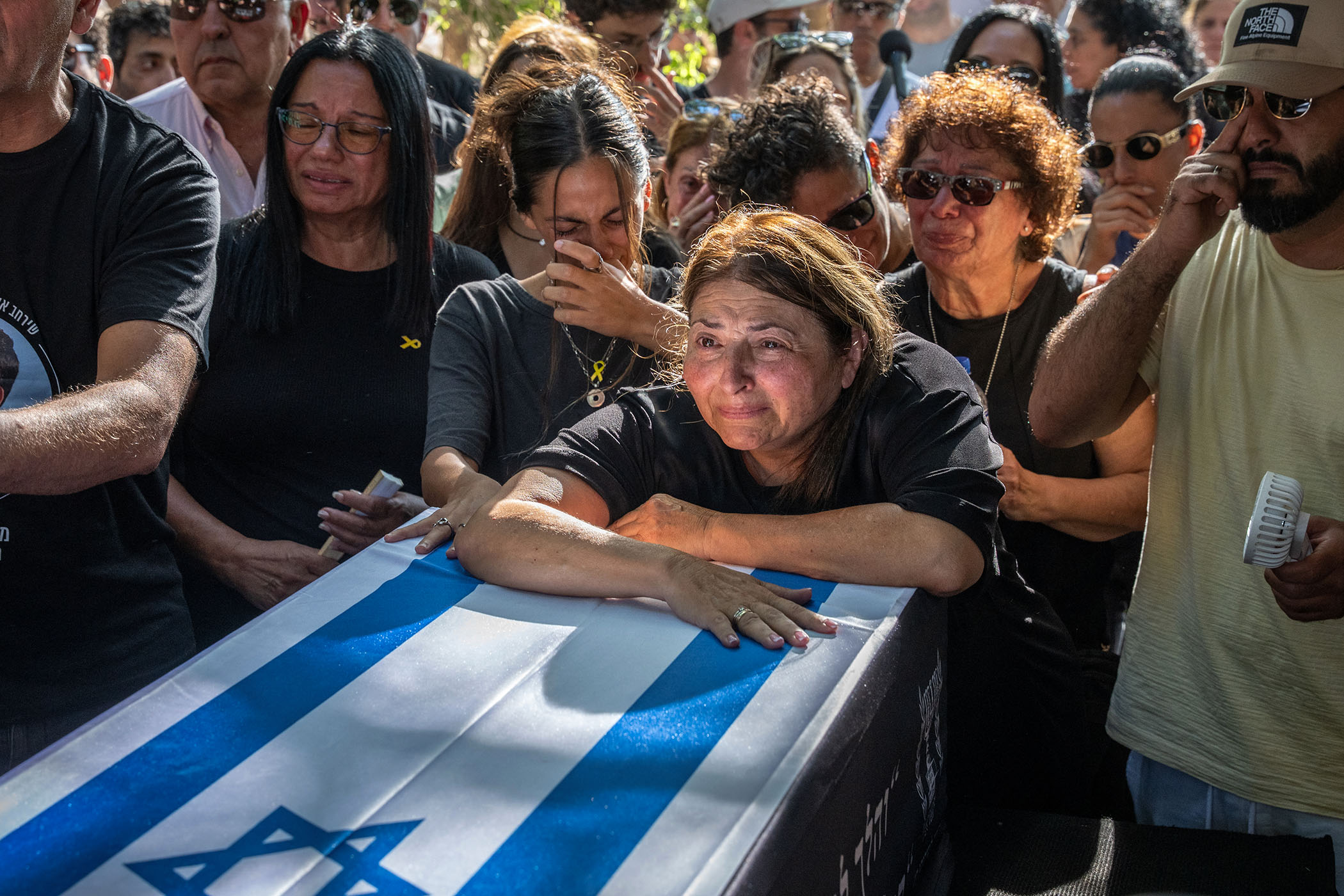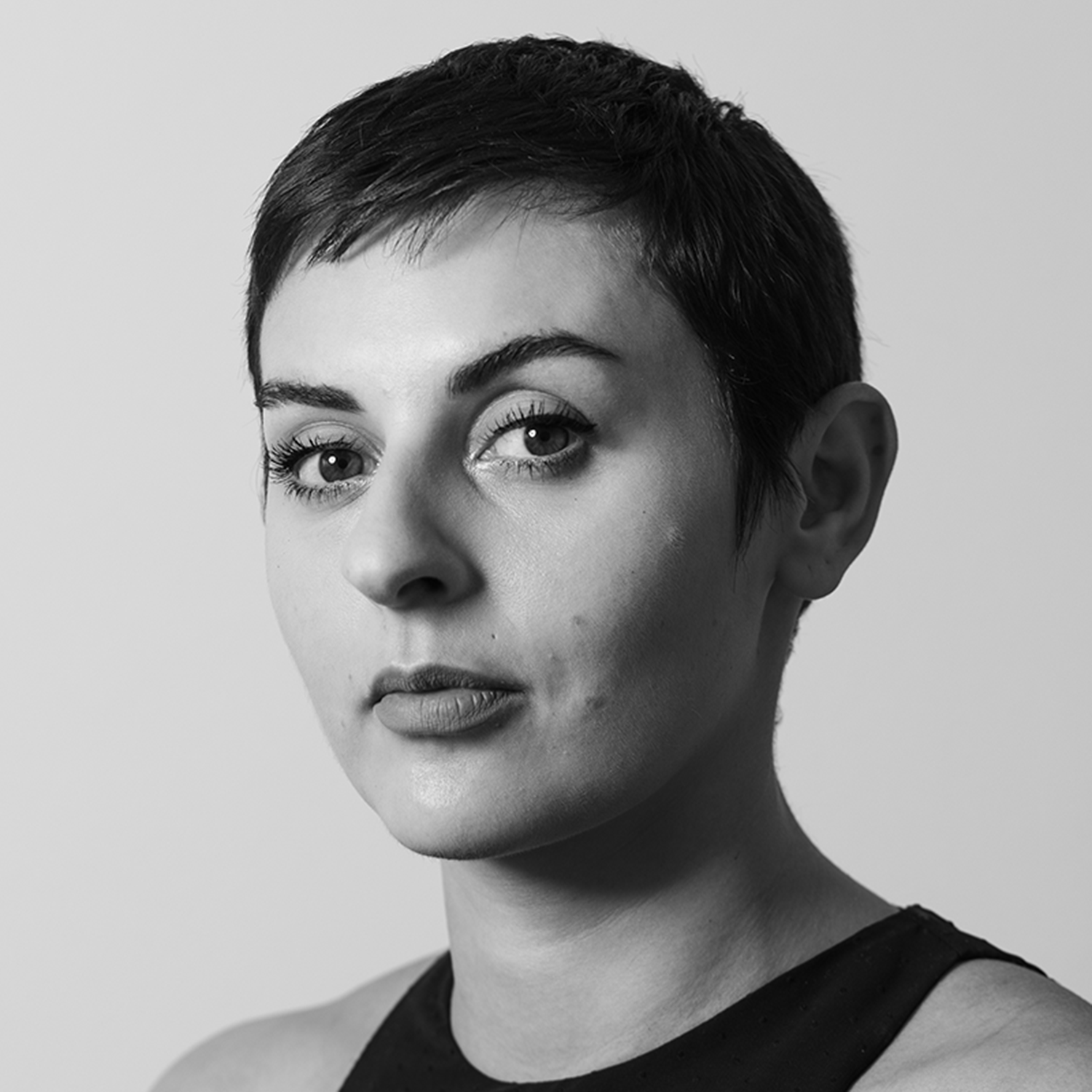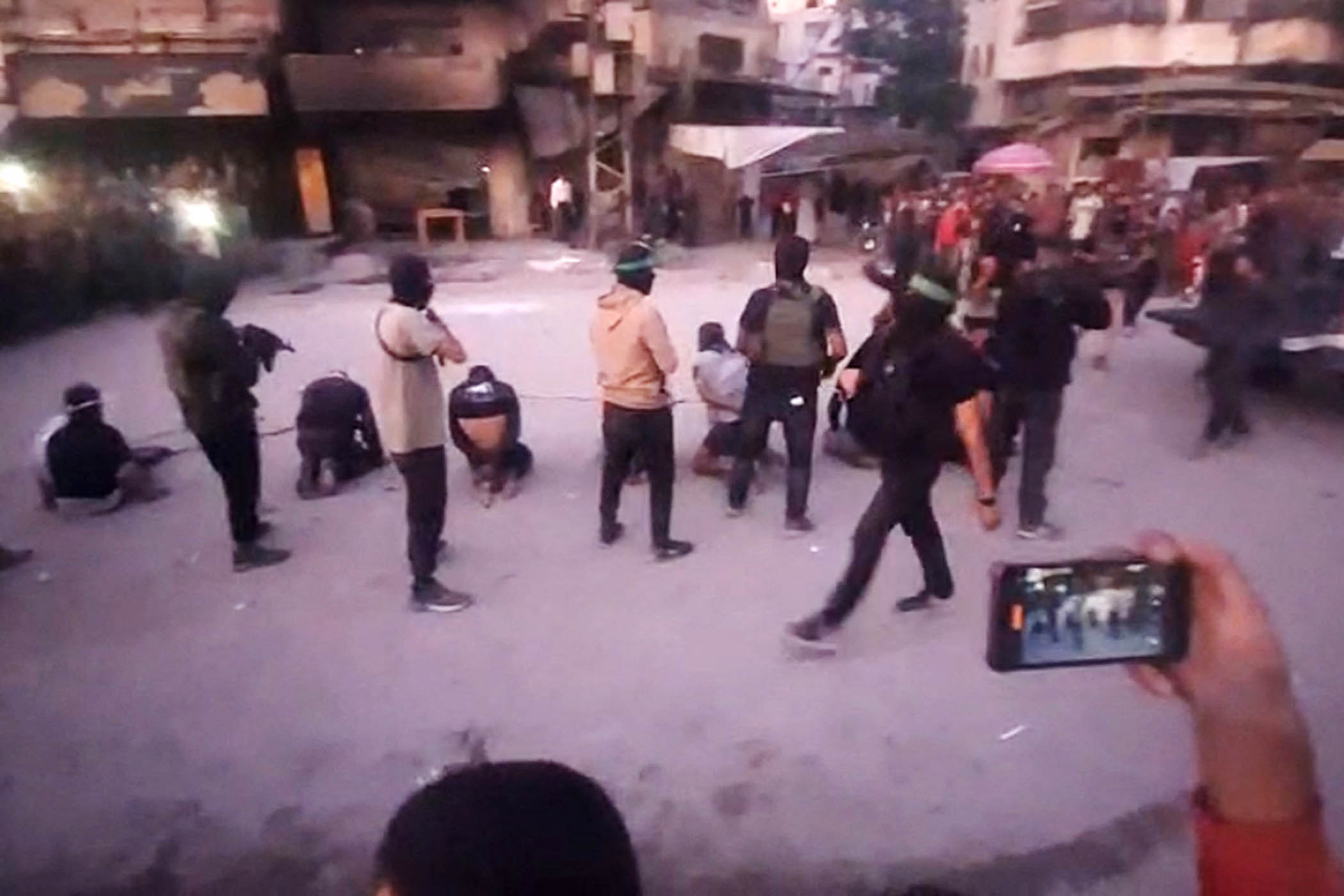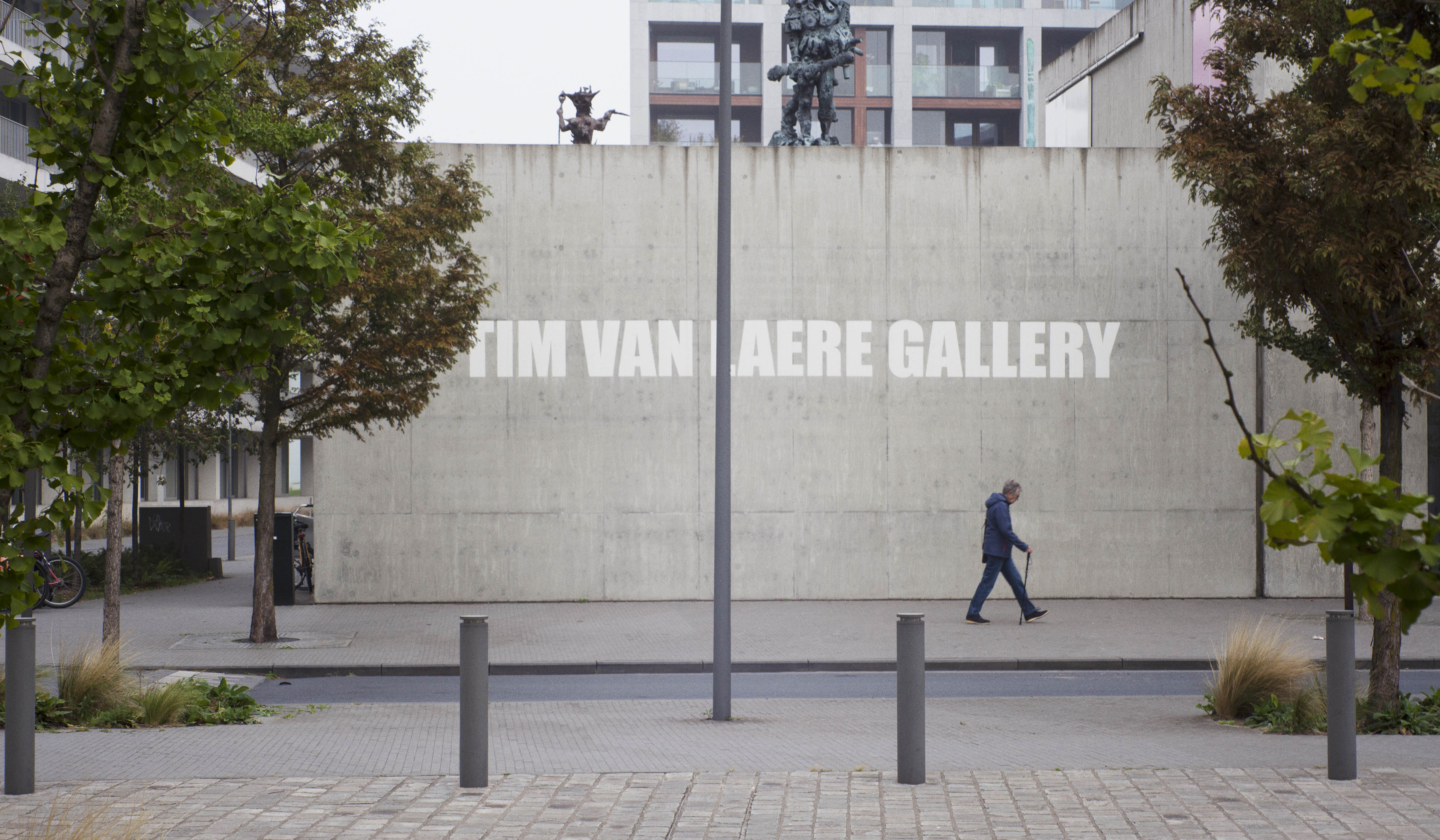
Getting the remains of all deceased captives from the 7 October attacks will be much more difficult – and could derail an already fragile truce
A clock towers over the crowds in what has come to be known as the Hostages Square in Tel Aviv: large pixelated red figures count each second that the captives have been held. But despite the joy of thousands who flooded into the square today to celebrate the release of 20 living hostages, there are few hopes that the clock will finally be able to stop its count – most of the bodies of the remaining 28 hostages have not yet been returned.
A forum set up to represent the hostages’ families said that only four out of 28 bodies of the deceased will be returned to Israel on the same day as the living hostages.
“This represents a blatant breach of the agreement by Hamas,” they said, demanding immediate action to punish the militant group for what they labelled a grave injustice. “We will not give up until the last hostage returns.”
They are backed by a swath of Israeli society determined to prioritise the return of the dead just as much as the living. “These people are like our family members,” said one woman who had come to Hostages Square to celebrate, but asked not to be named. The names and faces of every hostage have been part of the Israeli public consciousness, she said, fuelled by weekly gatherings in Hostages Square.
Some 251 people were taken hostage in the days after 7 October 2023 attack by Hamas militants on Israeli towns and kibbutzim around Gaza: Of this number, 168 have been returned alive, amid pleas from their families for a swift end to the fighting to allow their loved ones to return. Horrifying stories have emerged with the return of the living about the fate of those who died in captivity, such as the 86-year-old founder of the Nahal Oz kibbutz, Aryeh Zalmanovich, who died 40 days after he was taken into Gaza by Hamas. The location of his body remains unknown.
Related articles:
Hamas may not know where the remains of the deceased hostages are
How long the return of every hostage might take remains unclear. Reports indicate that the Israeli government has known for months that Hamas may not know where the remains of the deceased hostages are. Locating them could take months if not longer, a task made even more complicated by a hunt among the 42 million tonnes of rubble that the United Nations estimates now covers what remains of Gaza.
An international group, purportedly composed of Turkish, Qatari, American and Israeli elements, could be tasked with combing the rubble for traces of the deceased hostages.
The Israeli authorities and the hostages forum also consider the remains of Israeli soldier, Hadar Goldin, as among the captives. Goldin was killed and captured by Hamas militants during a previous Israeli assault on Gaza in 2014, and his body has remained in the enclave in the 11 years since. The slain soldier’s parents became fierce public advocates for Israeli hostages, championing a cause that quickly became a national movement in Israel during the aftermath of the attacks on 7 October.
The Israeli authorities have long engaged in negotiations with Hamas and other militant groups in a year-long effort to see the return of every slain soldier held captive, including bargaining over the release of Palestinian prisoners held in Israeli jails in return for their dead.
“The entire country is feeling this mix of emotion between happiness and sadness”
Ori Kulas
“The entire country is feeling this mix of emotion between happiness and sadness, joy for the return of the living but sadness for those not returned today who died in captivity but their bodies were not found yet,” said Ori Kulas, who came to Hostages Square in the early hours of the morning wearing a red T-shirt dedicated to Hersch Goldberg-Polin emblazoned with the words “May his memory be a revolution”. Kulas had tears in his eyes as he spoke. That Israel failed to bring Goldberg-Polin home alive highlighted the bittersweet nature of the day.
Goldberg-Polin was one of a group of six hostages believed to have been executed by Hamas last year, days before their remains were discovered in a tunnel in southern Gaza and returned to Israel. The 23-year-old Israel-American, considered a symbol of Israeli leftwing politics, was kidnapped from a music festival during the 7 October attack. His remains were returned to Israel last year, before a funeral in Jerusalem attended by thousands, including President Isaac Herzog.
For the hundreds like Kulas who gathered in Hostages Square, the slow return of the remaining deceased hostages highlighted the work that remains and the gaps in Donald Trump’s feted ceasefire plan. As Trump vaulted his own achievements in a grandiose speech to Israel’s parliament before flying to Sharm el-Sheikh, in Egypt, major questions about Gaza’s future loomed over the proceedings.
Inside Gaza, Palestinians returning home have already begun their own grim effort to find bodies. The millions of tonnes of concrete and destroyed remains of Palestinian homes mask a graveyard, not just for the remaining hostages but also untold thousands of Palestinians officially considered missing, but presumed dead, after two years of Israeli assault.
The UN estimates that 11,000 Palestinians are detained, disappeared, or most likely missing beneath the rubble – primarily women and children. It could take months, if not years, to ultimately know the fate of thousands of Palestinians as well as the final hostages.
Photograph by Maya Levin / AFP




